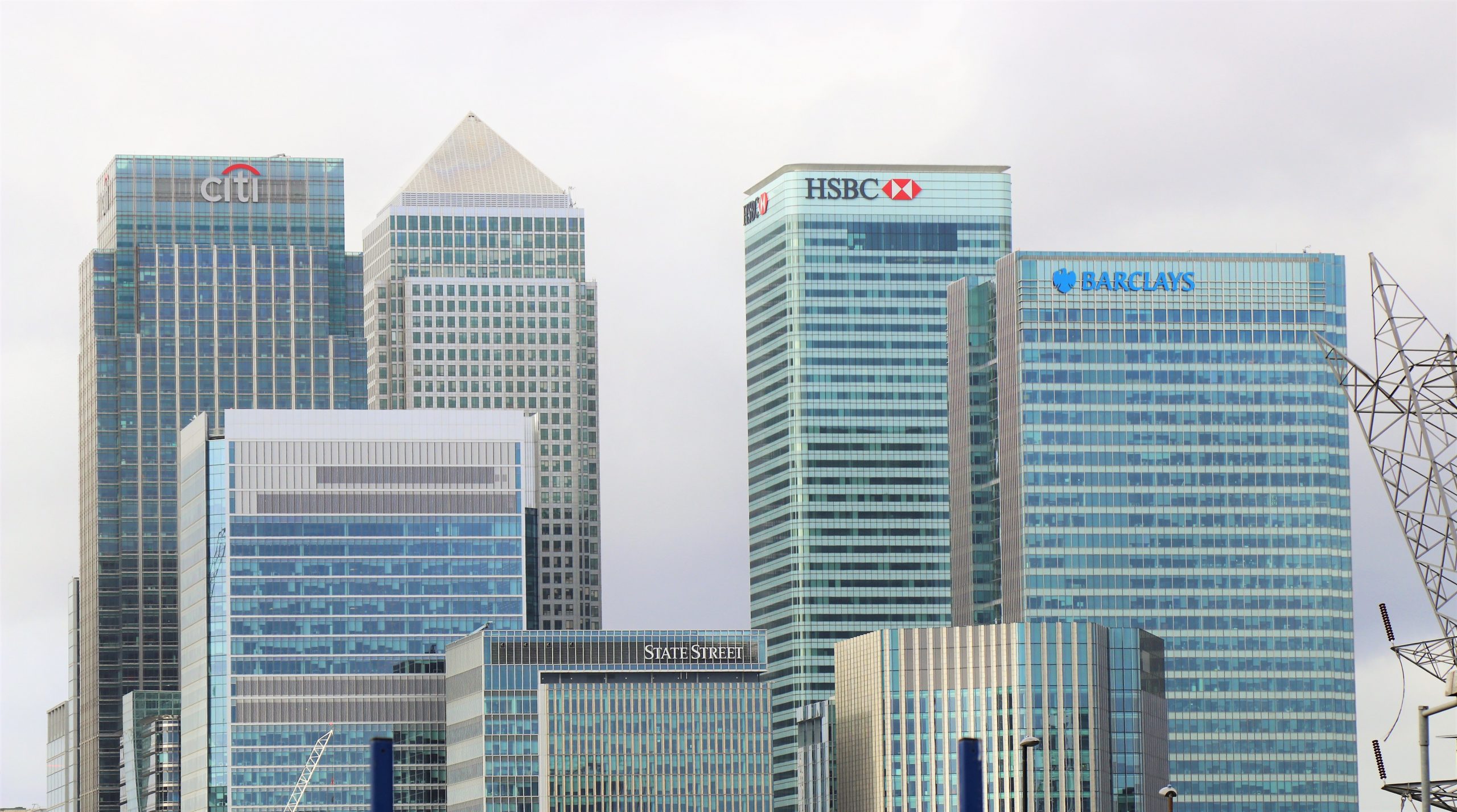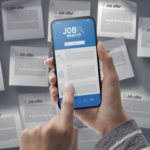Work, in every sense of that multifaceted word, is changing and it is changing fast. As we continue to morph our habits after the repeat shocks of COVID and lockdowns, CIOs need to lead the way and anticipate the next wave of changes. By thinking hard now, researching views, and simulating several possibilities, they stand to foster working ecosystems that support people, even if they can’t know exactly what tomorrow looks like.
As an example of what I’m talking about, think about what is happening at Canary Wharf in east London. The area was the recipient of massive 1990s construction and transport investment by the UK government as it pursued its dream of London being the financial services capital of the world. Today, as post-lockdown UK knowledge workers spend a near world-leading 1.5 days a week working remotely – according to data from German think tank the ifo Center for Macroeconomics and Surveys – Canary Wharf faces a potential mass exit. Prime tenant HSBC has already announced plans to quit and move most staff to another, smaller London location.
Versions of the same picture can be seen all over the world, even in totems such as New York’s Empire State Building. The image of a sea of bodies arriving for nine then filtering out to cafes, bars, and restaurants at lunchtime and at 6pm is becoming a sepia-tinted relic. “Thursday has become the new Friday” and we complain less about our commutes because we can (oh, the shock of it!) actually get a seat on buses, trains, and subways.
The knock-on effects of the modern rejection of the ‘nine-to-five, five days a week’ hamster wheel are profound indeed. Office building valuations are being sharply marked down. McKinsey states that $800bn could be lost in total, or about a quarter of total office building value since 2019. That could worsen if high interest rates persist yet, in a strange turn of events, co-working spaces are enjoying a bounce-back.
But impacts are not limited to property owners and developers. Watchers predict that the very fabric of how we live may also be changing with more of us moving back into city centres to fill the void left by offices and some hospitality spaces that can’t operate based on current footfall.
And then there is work. We all know that the future of work isn’t about being physically present, but what exactly is it? How often knowledge workers are expected in the office is in flux with some seeking a return to order and others taking a laissez-faire attitude, while yet others play a waiting game. But we know that the next version of work is about creating structures where people are excited, have the tools to excel, and can collaborate meaningfully with colleagues, partners, and customers globally.
Creating an infrastructure and policies that support this will be key to hiring, inspiring, and retaining top people and creating an esprit de corps that makes work (both the physical and virtual variants) a vibrant phenomenon.
ICT leaders are front and central of the ongoing revolution here. In the time of COVID they created armies of conferencing tools, helping users and online productivity workers to ride out the crisis. Today, they need to turn their attention to more permanent changes to support hybrid workers and working models.
Already we can see this at the most progressive organisations where smart offices are being created and the inefficiencies of pre-lockdown office life are being questioned and eradicated. Modern tools include booking services apps so staff can plan when to be in the office and know who else will be there to meet. Calendaring systems show who is available, where and what facilities can be accessed. To aid sustainability via increasingly stringent ESG goals, power can automatically be turned down or off in smart buildings when it is not needed.
As more of us elect to work from other locations, building owners are plotting more flexible building designs that can quickly be recalibrated. Meeting spaces may be extended as fewer fixed working spaces are required and even hotdesking pods may be reduced. CIOs are accustomed to considering mobility options across multiple locations; today they also need to ponder intra-office mobility too, providing the networks, workspaces, and room options that fit the new world of work.
All of this will mean that CIOs and others will need to change their old, cherished ideas about managing fleets of user devices, network topologies, and traffic analysis. They need to consider a future where network performance, security, availability, and capacity is as much about WiFi in homes as the wires in metropolitan glass blocks. They, with HR, must provide the computers, accessories, and even office furniture for home studies. They also need to support a world where the need for business travel is significantly reduced, enabling high-quality collaboration systems to step into the breach. Finally, they need to consider the wellbeing of people who are breaking away from old routines and help them to work happily and efficiently at what is effectively a time of momentous change in human habits. That will see HR, IT, and other departments needing to work in harmony, researching what people want and need from systems, tools, and their fellow human beings.
But to get the best out of the new world of work there needs to be true dialogue. One of the challenges of asking people to return to offices is that, for many workers, not having to commute is effectively a benefit worth thousands of pounds per year. There should be a quid pro quo for this whereby businesses can explain why they need certain people to be in the same location at specific times. We need a pragmatic exchange of views, not a free for all. After all, even Zoom is asking some of its people to be in an office at the same time as part of what it calls a “structured hybrid approach.”
Just as they did when internet usage soared, CIOs and cohorts must plan now for change and accept the wisdom that while change may be tough, not changing will ultimately be tougher.









